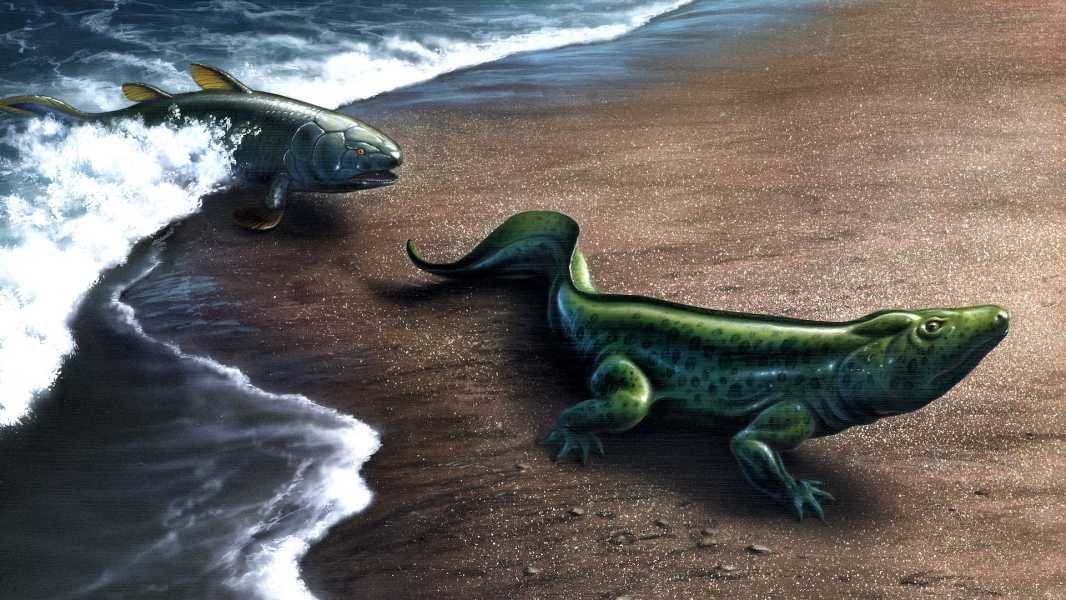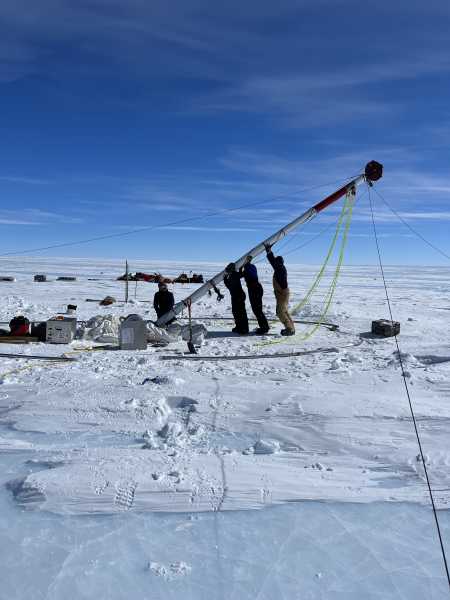
A new computer simulation shows that the process of evolution itself can change. (Image credit: Stocktrek Images, Inc. via Alamy)
It has long been known that living organisms change in response to changes in their environment, but new research suggests that the process of evolution itself is also changing.
The concept of evolution being “evolvable” is controversial, in part because it is difficult to measure. Organisms typically adapt to their environments; some bacteria, for example, quickly develop antibiotic resistance. But does the process of evolution itself change over time, and if so, what might drive the evolution of that process?
In a new study published Dec. 31, 2024, in the journal PNAS, biologists suggest that evolution can improve over time by “fine-tuning” how populations respond to environmental changes — as long as the changes don’t happen too quickly, the authors suggest.
“Life is really great at solving problems,” said Louis Zaman, an evolutionary biologist at the University of Michigan and lead author of the study, in a statement. “When you look around, it’s clear that life is incredibly diverse, and that all of these forms evolved from a common ancestor is amazing to me. Why does evolution seem so creative? Maybe this ability is something that evolved itself.”
To test their hypothesis, Zaman and his team used a computer model in which virtual organisms lived in environments that favored survival through one of two opposing strategies. In one environment, organisms could eat blue berries but died if they ate red ones. In the other environment, red berries were nutritious and blue ones were toxic. Populations of organisms could evolve to eat only one type of berry, but not both.
When the researchers repeatedly changed the conditions in these virtual worlds by switching between edible berries, their life forms began to adapt more quickly to the new circumstances over time. This did not happen when the environmental changes were too rapid—the populations could not evolve in just one generation. However, over dozens or hundreds of generations, their ability to adapt increased and remained high.
“Once a population reached a certain capacity to evolve, it seemed to be unaffected by future evolutionary processes,” Zaman said.
This evolvability is due to two patterns: a high mutation rate and an increase in the number of beneficial mutations over time, the authors argue in their study. A high mutation rate allows organisms to adapt to new conditions because there is a greater variety of individuals that can survive and evolve. At the same time, a greater number of beneficial mutations overall allows organisms to cope with conditions that their ancestors have already encountered.
The biologists used simple virtual organisms — analogous to rapidly reproducing microbes. But the same principles would likely hold for more complex life, Zaman and his team note in the study.
“Although we use an unnatural system for our study,” they say, “our results provide insights into how and why populations in nature continue to evolve.”
Evolution Quiz: Can You Naturally Choose the Right Answers?

Stephanie PappasNavigate Social LinksLive Science Contributor
Stephanie Pappas is a freelance writer for Live Science, covering topics from geoscience to archaeology, human
Sourse: www.livescience.com





